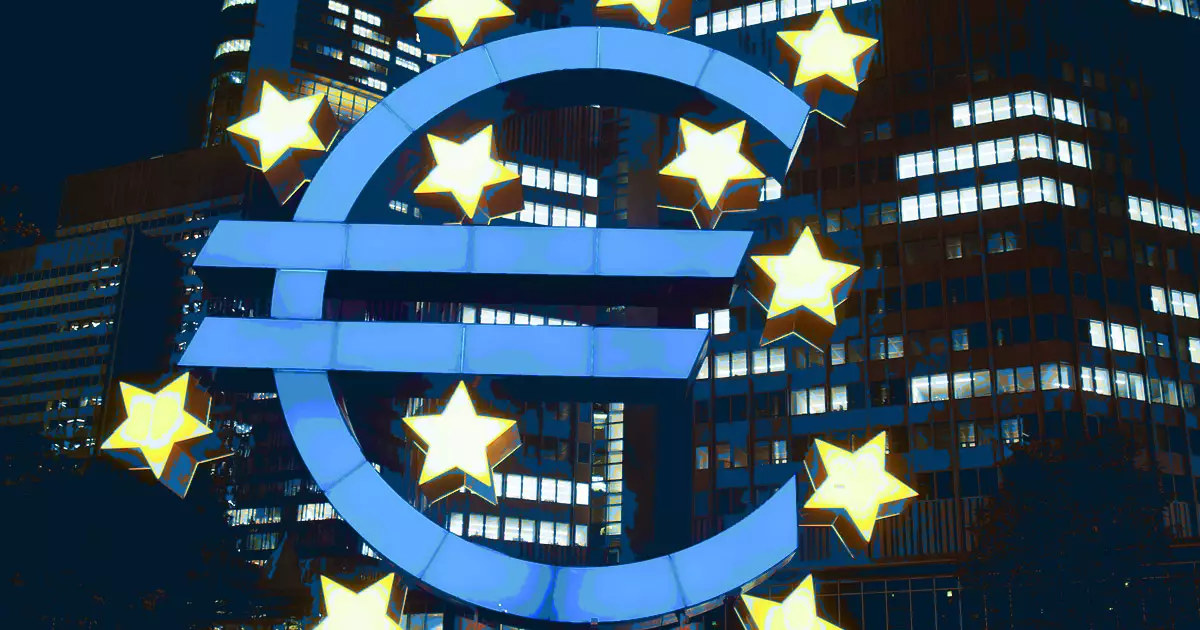In a compelling address at the Bundesbank Symposium on the Future of Payments, Piero Cipollone, an influential member of the European Central Bank’s Executive Board, spotlighted the crucial role digital assets and distributed ledger technology (DLT) can play in the future of Europe’s capital markets. His remarks came at an opportune moment when the conversation surrounding traditional financial systems and their limitations is increasingly relevant. As Europe grapples with a fragmented financial landscape, Cipollone’s insights provide an important framework for contemporary discussions about integration, efficiency, and innovation.
Cipollone highlighted a stark reality: Europe is home to 35 distinct listing exchanges and 41 trading platforms, each contributing to a convoluted and often inefficient financial ecosystem. The sheer number of disparate entities leads to increased intermediation costs and diminished market efficiency, factors that ultimately inhibit competitive edge in a global market. This fragmentation, as pointed out by Cipollone, makes it exceedingly challenging for investors and businesses to navigate the existing landscape. Despite initiatives such as TARGET2-Securities—designed to unify securities settlements—regulatory hurdles remain a significant barrier. These barriers include inconsistent legislative frameworks across member states, preventing the consolidation necessary for a seamless capital market.
The Executive Board member’s call for harmonized rules across various aspects of asset management, including custody practices, taxation, and regulatory oversight, cannot be overstated. Currently, the lack of consistency in these critical areas keeps Europe at a competitive disadvantage. As Cipollone aptly noted, a cohesive regulatory framework is essential for realizing the full potential of unified capital markets. This absence of integration has broader implications; it limits the ability of European markets to attract foreign investments and stifles innovation within financial technologies.
One of Cipollone’s pivotal points revolved around the transformative potential of tokenization—the process of utilizing DLT to create digital representations of traditional assets. This innovative approach not only offers a pathway to improved liquidity but also drastically reduces transaction costs. In a landscape where over 60% of EU banks are exploring DLT solutions, it becomes increasingly clear that tokenization could shift the paradigm from outdated systems reliant on centralized databases to real-time, decentralized platforms. The implications are vast: instantaneous settlements, enhanced transparency, and a more competitive market landscape.
To fully capitalize on these advancements, Cipollone proposed the creation of a European ledger that serves as a unified infrastructure for digital assets, central bank money, and commercial bank money. Such a platform would enable financial institutions to provide services without the traditional barriers that stifle innovation and efficiency. This vision of interoperability promises to streamline operations and facilitate seamless transactions across the continent, creating a more integrated and responsive capital market.
Cipollone urged public authorities and stakeholders to act decisively to foster this transition to digital markets. Delayed action may result in a further entrenchment of existing inefficiencies as nations and institutions develop isolated solutions rather than collaborative platforms. The call for closer cooperation among regulators, central banks, and market participants is not merely an ideal; it is an urgent necessity. The future of Europe’s capital markets may hinge on how effectively stakeholders can work together to build a coherent strategy for embracing DLT and digital assets.
Cipollone’s address serves as a clarion call for Europe to rethink its capital markets in the face of rapid technological advancement. By championing digital assets and DLT, Europe has the potential to not only enhance its market efficiency but also solidify its global standing. As the financial world evolves, so too must the regulatory and operational frameworks that govern it. The integration of digital technologies into capital markets is not just an opportunity—it’s a necessity for ensuring that Europe remains a competitive player on the global stage. The time to act is now, and the future is laden with potential.

